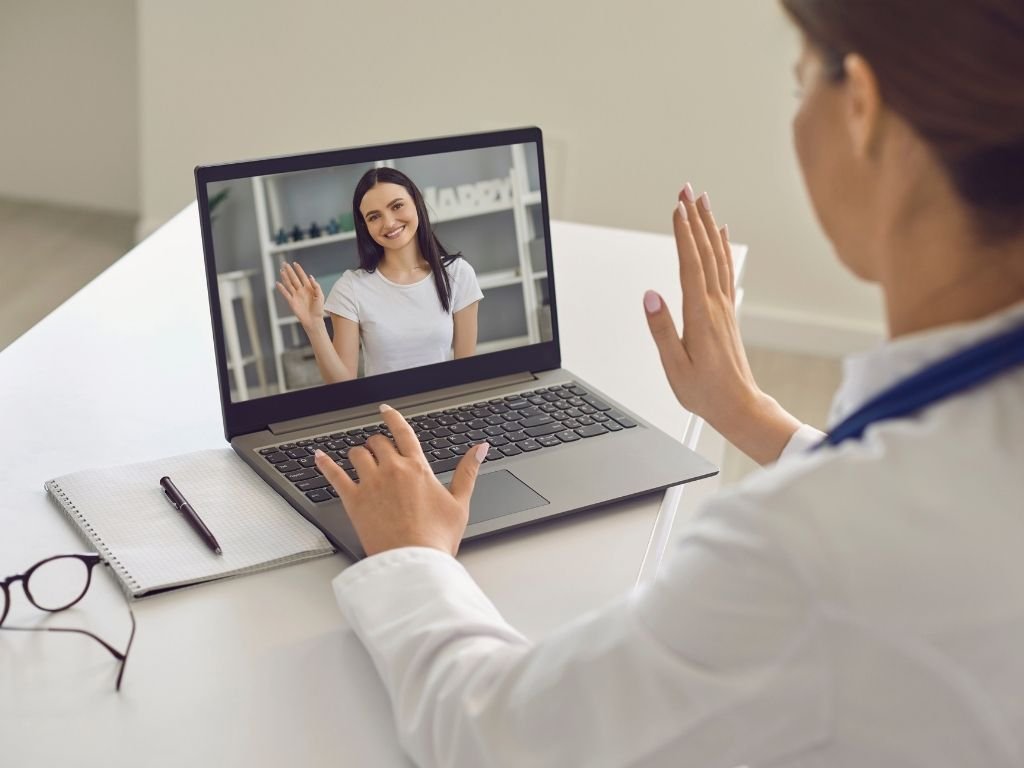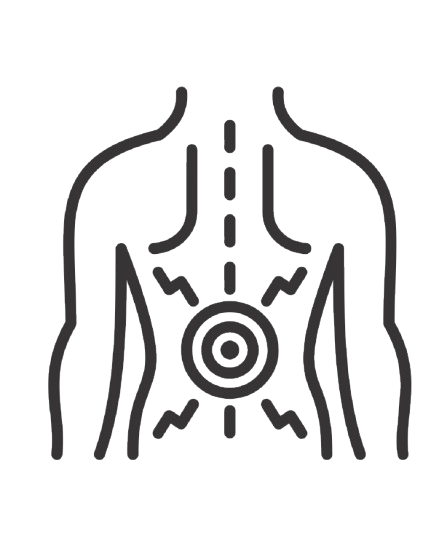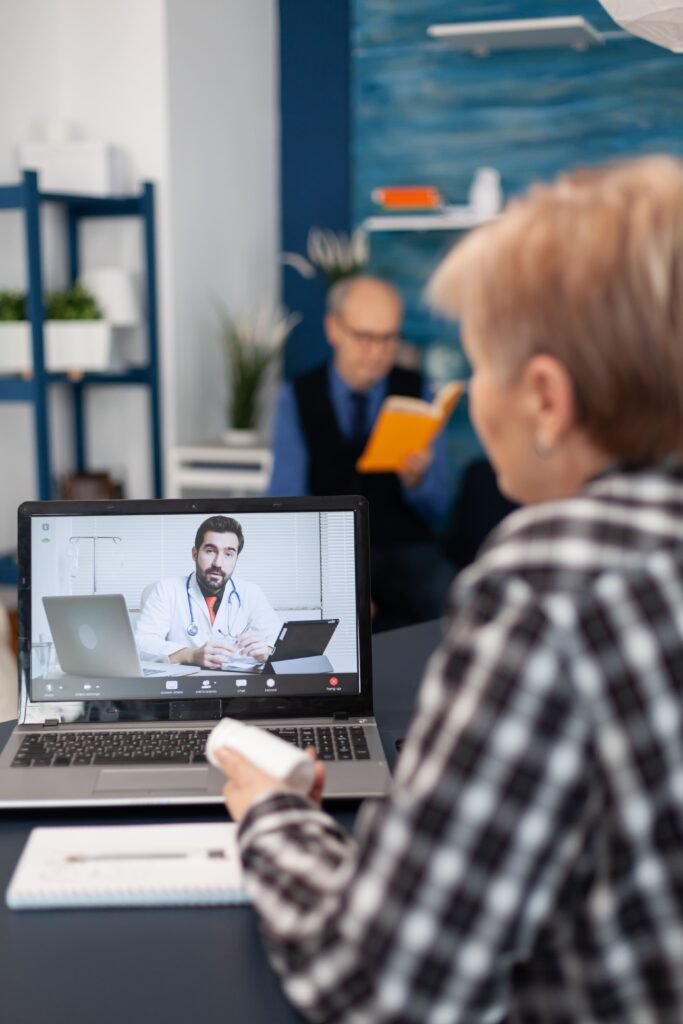FAQ
Do you take insurance?
Good Medics does not accept insurance. We believe in transparent, upfront pricing with no hidden fees, and we’ll show you the cost of your visit before you ever speak with a doctor.
When can I make an appointment?
As soon as your purchase is complete, you’ll get a link to register in the patient portal. From there, you can choose the time that works best for your schedule.
When will I see a doctor?
Most patients are seen within 24 hours. You’ll be able to schedule a telehealth visit right after registering in the portal and completing your forms.
Will I get medications if needed?
Yes. If your provider determines that medication is appropriate, it will be sent to your chosen pharmacy the same day.
What causes back pain?
Back pain can stem from muscle strain, poor posture, spinal misalignment, or chronic conditions like arthritis or disc issues.
What are the symptoms?
Pain may be dull or sharp, localized or radiating. It may get worse after sitting, lifting, or certain movements.
Can back pain be diagnosed via telehealth?
Yes. Your provider will assess symptoms and function virtually, and can recommend at-home therapies or in-person imaging if needed.
Will I need X-rays?
Most cases don’t need imaging, but if pain persists or there are red flags, you’ll get a referral for testing.
How soon can I feel better?
With early intervention and the right home care, many people feel relief within a few days.





